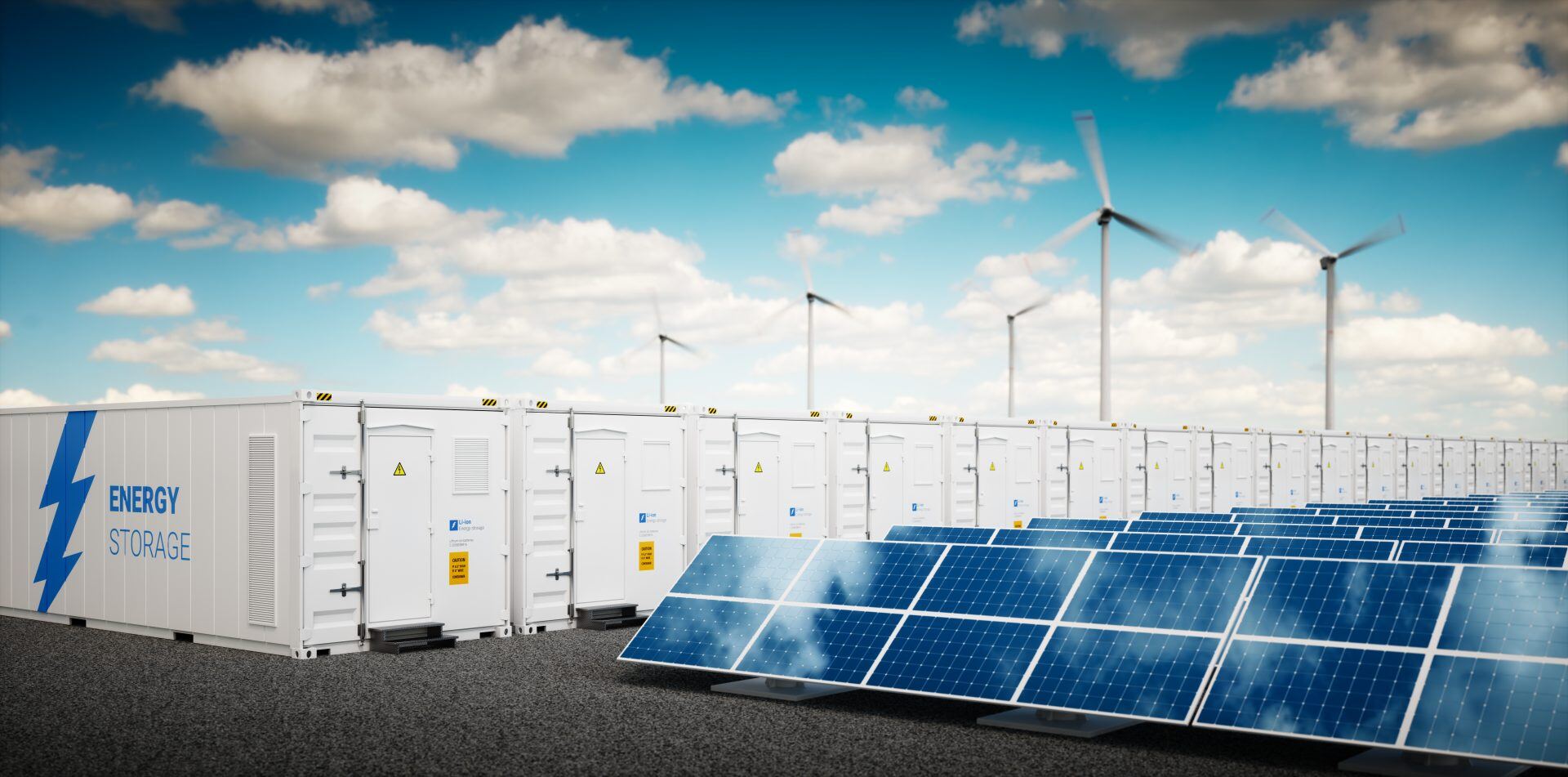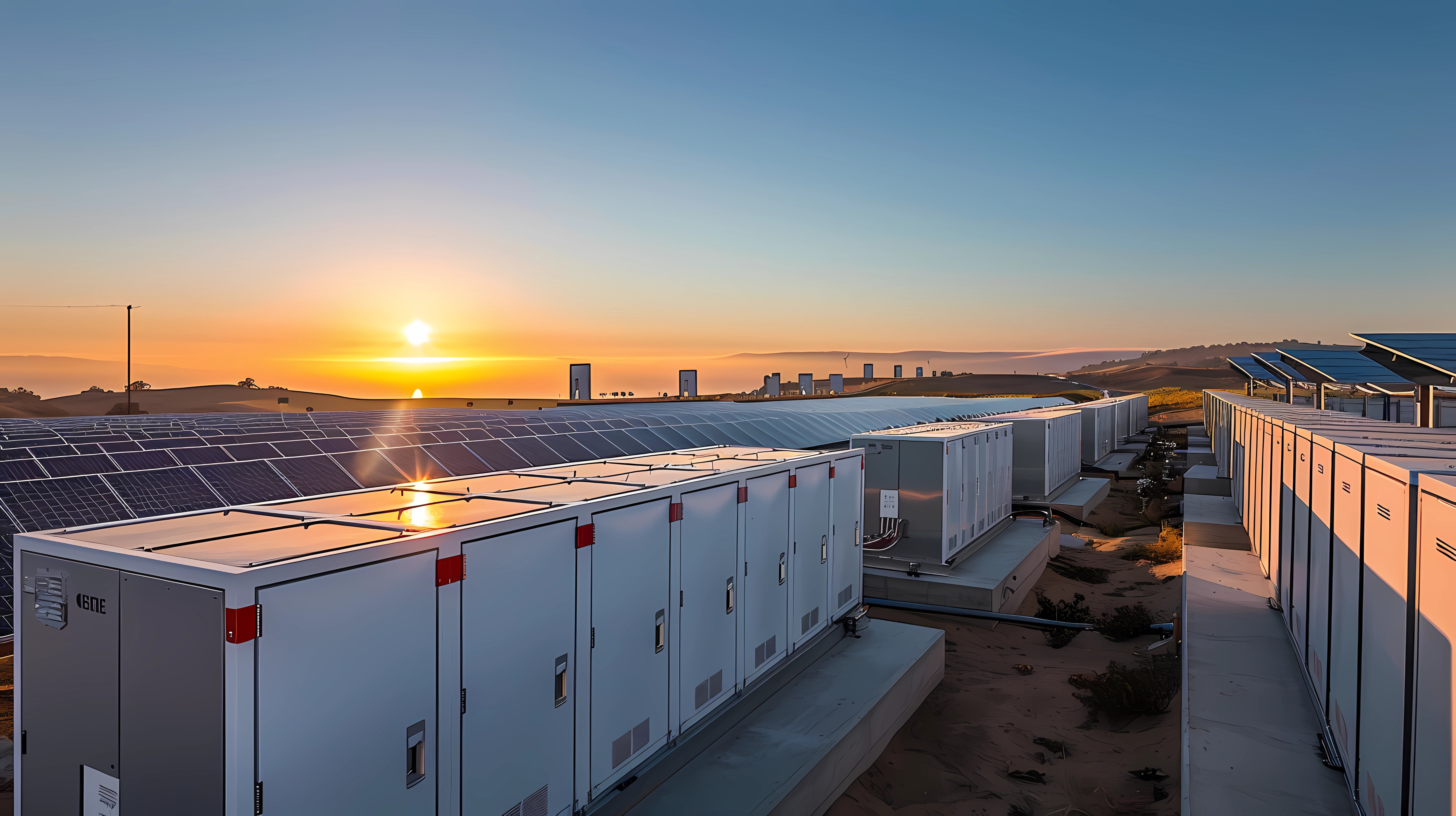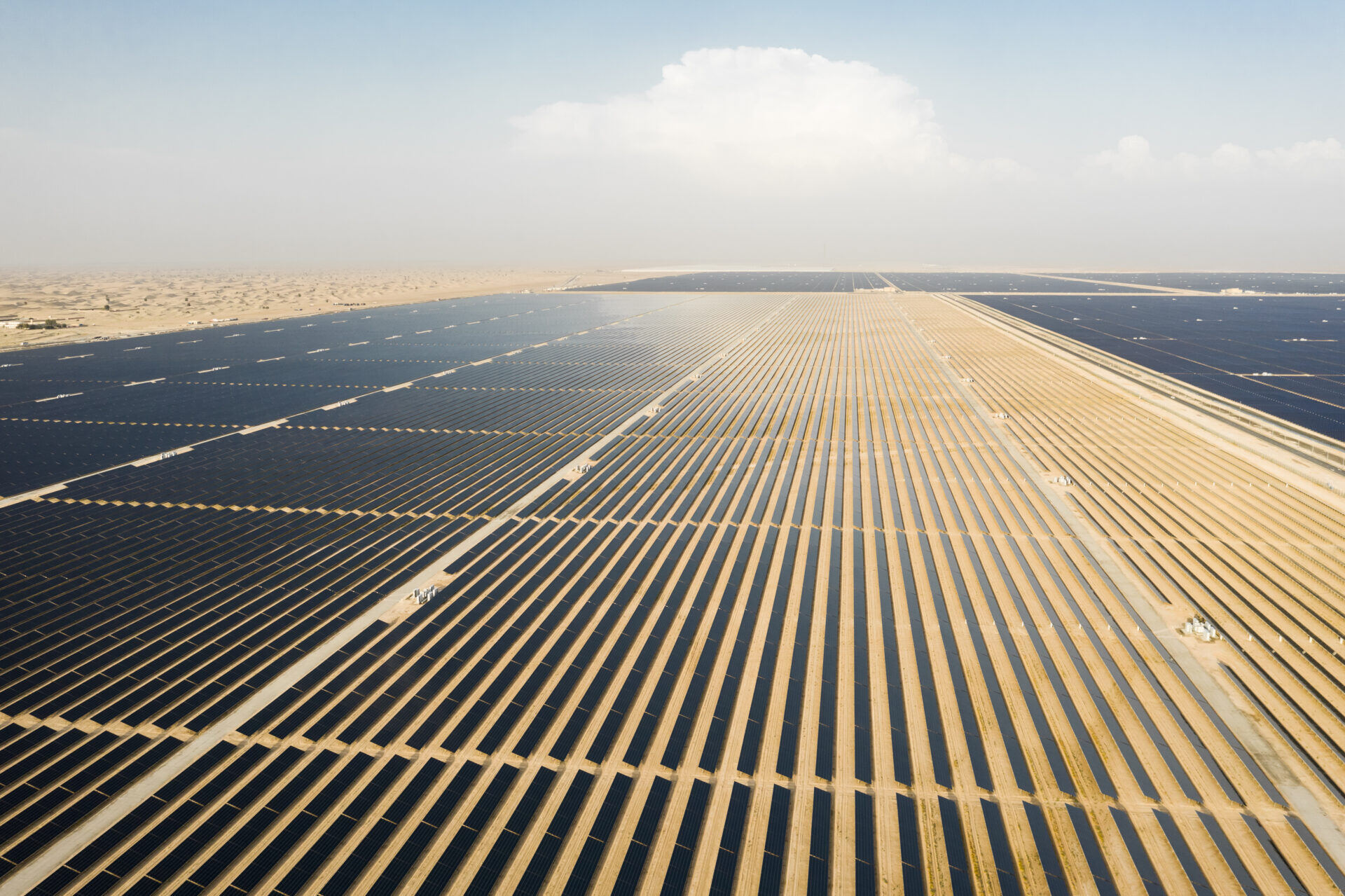Parkwind uses Power Factors' APM to maintain its edge offshore
.jpeg?width=1200&height=801&name=DSC_3336-19%20(1).jpeg)
Stay in touch
Subscribe to our newsletter for expert insights, company updates, and the latest in renewable energy management solutions.
“During commissioning periods, it’s quite difficult to optimize performance, as all of your turbines are in a different phase of their life,” says Yannick Huyghebaert, O&M Team Lead WTG at developer Parkwind.

“Manufacturers and contractors want to move fast and construction gets priority above already installed turbines. The project and O&M teams have different objectives, “and this ‘conflict of interest’ can temper good availabilities the first operational months and a loss of important insights in technical challenges.”
Yannick is explaining why it is so challenging to optimize turbine performance while an offshore wind farm is being commissioned. The process is costly, the weather conditions can be harsh, and everyone involved is rushing to get all of the turbines up and running.
This is very unfortunate as the lost production involved quickly adds up.
It is a process that Parkwind has been through on its most high-profile development. Offshore construction started on the company’s 219MW project Northwester 2 in July 2019 and finished in May 2020. Huyghebaert says real-time monitoring of turbine performance can play an important role in commissioning.
In this article, we discuss Parkwind’s experience of working with Power Factors’ asset performance management (APM)* system during the commissioning of Northwester 2, and how the taxonomy feature has played a big role in optimizing its operational portfolio. This is important for the day-to-day management of projects and a wider range of commercial decisions.
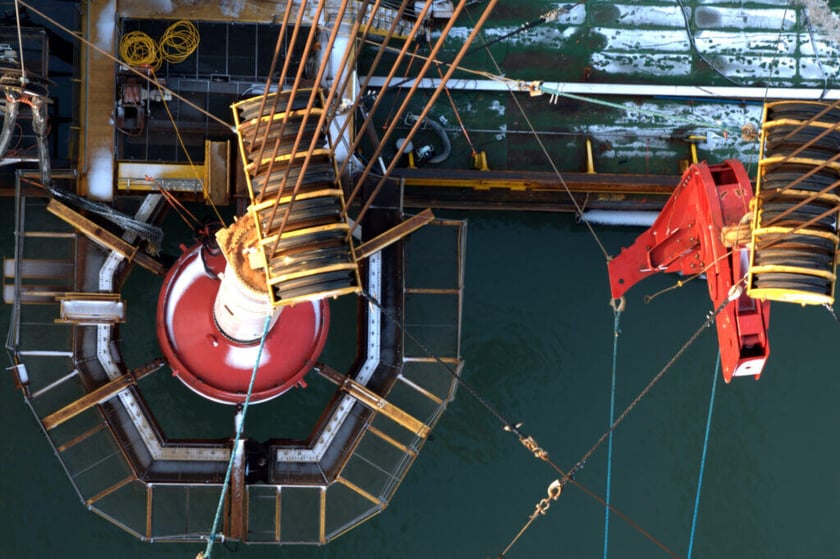
Parkwind portfolio
Offshore wind is one of the only ways to build renewables at scale in Europe.
It is therefore unsurprising that the industry is dominated by those with deep pockets, from utilities such as Ørsted, RWE, and Vattenfall to multinational investors such as Global Infrastructure Partners and Macquarie Capital.
Compared to them, Parkwind is something of an anomaly. The company was set up by the Belgian supermarket operator Colruyt Group and its main shareholder Korys in 2012. It is one of the few smaller firms that continues to thrive in European offshore wind as the industry keeps evolving at a rapid pace.
Over the last ten years, it has built a portfolio of large projects in the Belgian North Sea.
The company now operates four wind farms in the North Sea with a total capacity of 771MW. As well as Northwester 2, these include the 50-turbine Nobelwind, the 72-turbine Northwind, and the 56-turbine Belwind, which was its debut project. In total, this means the company currently has 201 offshore turbines in operation.

It is looking to grow this further with additional offshore wind projects, such as the Arcadis Ost and Oriel developments in Germany and the Republic of Ireland respectively. It is also considering moving into renewables beyond offshore wind.
But Huyghebaert, who joined the company six years ago, says that Parkwind has retained its agile qualities despite this steep growth: “We don’t believe in overstaffing of engineers and operators. I’m in the O&M team taking care of turbine assets and our long-term service contractor, and I lead a team of only four guys – five including myself. But we do believe in enhancing our skills and capabilities by the right tools, like [Power Factors' APM application]”, he explains.
This means Parkwind needs an O&M data platform that gives insights into how each of the turbines is performing, as well as any wider trends to be aware of. He says Power Factors' APM application enables the team to focus 100% on performance analysis rather than data collection and processing.
“In the past, we didn’t have a system like [Power Factors' APM], and we relied on the SCADA system of the turbines. Mainly we were processing data into readable formats, and had less time to really do the analysis, to learn from it and try to challenge it,” he says.
“With this system, you just open your browser and you get the insights immediately, shortening the lead time to challenge the service contractor about a technical finding.”
On schemes such as Northwester 2, this has enabled Parkwind to identify technical issues on the earlier turbines that would have become more significant issues on the later turbines: “For sure this had benefits,” he says.
This is a particular benefit offshore where the limitations in accessibility can make small technical issues lead to a large financial impact.
For any small issues, we need to try to take off as soon as possible. It doesn’t need to be big to cost you a lot of money”, he says.
This is where real-time O&M monitoring can be a big benefit offshore. It can help to diagnose common problems in a turbine fleet – and it was a desire to understand this that led Parkwind to begin working with Power Factors in early 2019.
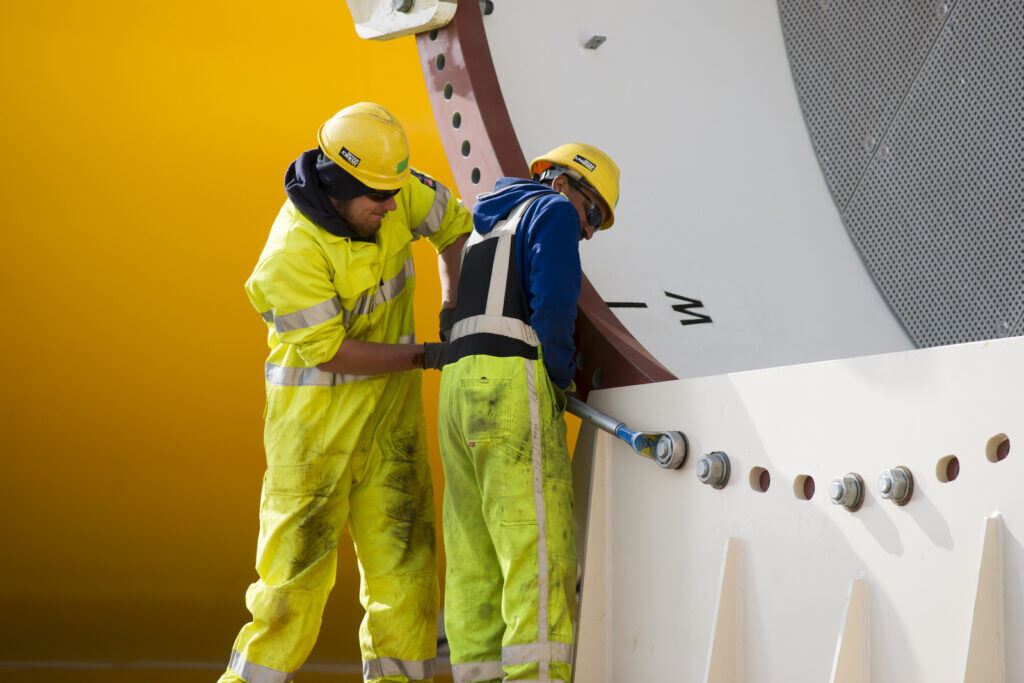
TACKLING TAXONOMY
Huyghebaert says one of the prerequisites for the partnership was that Power Factors could help Parkwind pinpoint common issues on different turbine platforms. The APM application offers this through a standardized taxonomy function that can pinpoint the performance of any of the wide variety of components in a turbine.
“It’s something we really want to focus on. We see a lot of added value in the ability to understand which parts are costing revenues. That’s always the most important question: Which components of a turbine are giving you a headache?”, he says.
This taxonomy function shows owners how much downtime and lost production can be attributed to a specific part of the turbine. This includes five levels of hierarchy, so it doesn’t just show that there’s a problem in the gearbox, for example, but exactly which component within that gearbox is causing the problem. Every component has a sensor in it so every error can be mapped back to a specific troublesome part.
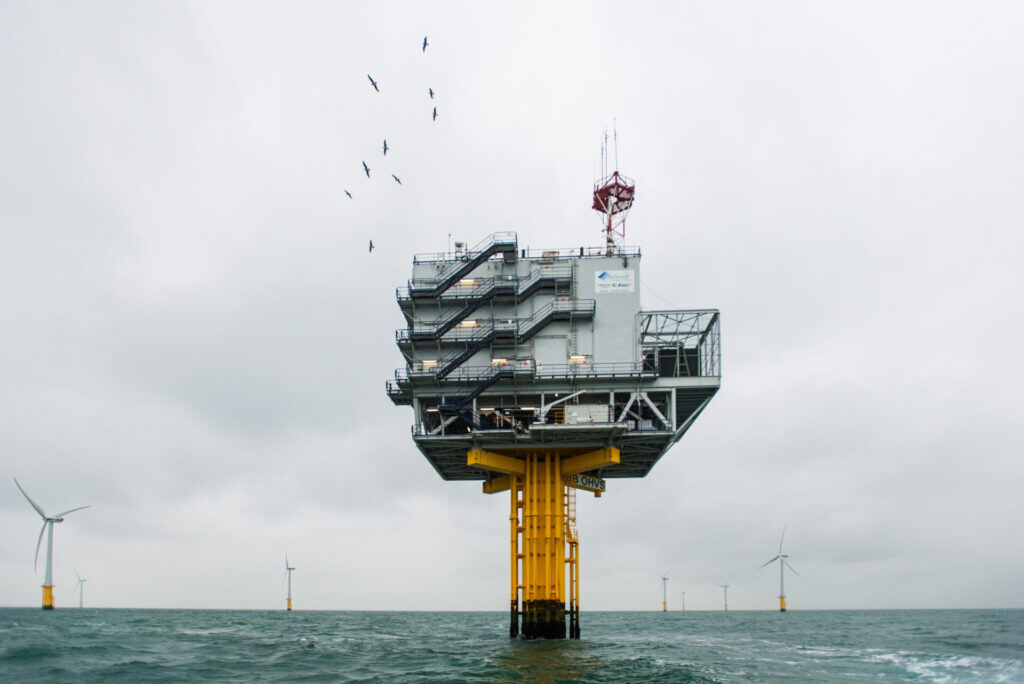
The real power comes when this is extrapolated across a whole portfolio. It enables customers such as Parkwind to see which components are consistently failing them, and causing most financial losses.
Daniel Geissert, customer success manager at Power Factors, says the taxonomy is based on the ‘industry standard reference designation system for power plants’ (RDSPP) that categorizes all of the individual components within a wind turbine, up to 155 different types of components – from the gearbox to the fire alarm system.
“Everything that is in the turbine should be in this list, and that is the brilliant part of this mapping. You should be able to point and then quantify which components are causing you downtime and lost production,” said Geissert.
The taxonomy is put together for turbine models by the engineering specialists on the Power Factors team.
Huyghebaert says these insights can have huge commercial benefits. For one, they enable the company to identify components that can cause issues down the line as well as compare performances across the full fleet. Anticipation and preparedness are key.
“They really enable us to compare turbines and turbine types to each other, to make the right statistics, and to tell our management and our shareholders… We focus on understanding every single part of the turbines to make sure that we will prevent further loss of revenue due to these components,” he says. This helps Parkwind to give transparency on performance to its shareholders on a monthly basis.
We want to understand what is costing us money, and enable us to go into further discussion with manufacturers to push for solutions for technical issues,” he says.
“It enables us to understand the strengths and weaknesses of certain systems… When you buy a turbine it’s like buying a car from a catalogue. You pick the model type, you pick the engine and you choose the color. Now we have much more additional data to engage with the suppliers prior to a purchase decision,” he says.
This is why Parkwind needs a consistent taxonomy underpinned by reliable data.
“Even a stupid problem can cost you a lot of money, so you really need to be on top of your data and have your statistics, and not only look at absolute figures. You need to see the frequency of occurrences, number of turbines, and where you are seeing these issues to understand what’s costing you money,” he said.
For firms like Parkwind, being on top of turbine data and profitability gives them an extra edge in a competitive industry.
*Previously known as Greenbyte. To learn more about our rebranding and the unification of industry-leading solutions under the Unity Renewable Energy Management Suite (REMS), read our blog post highlighting these changes.
Check out more stories from Power Factors customers on the blog >>
Stay in touch
Subscribe to our newsletter for expert insights, company updates, and the latest in renewable energy management solutions.
